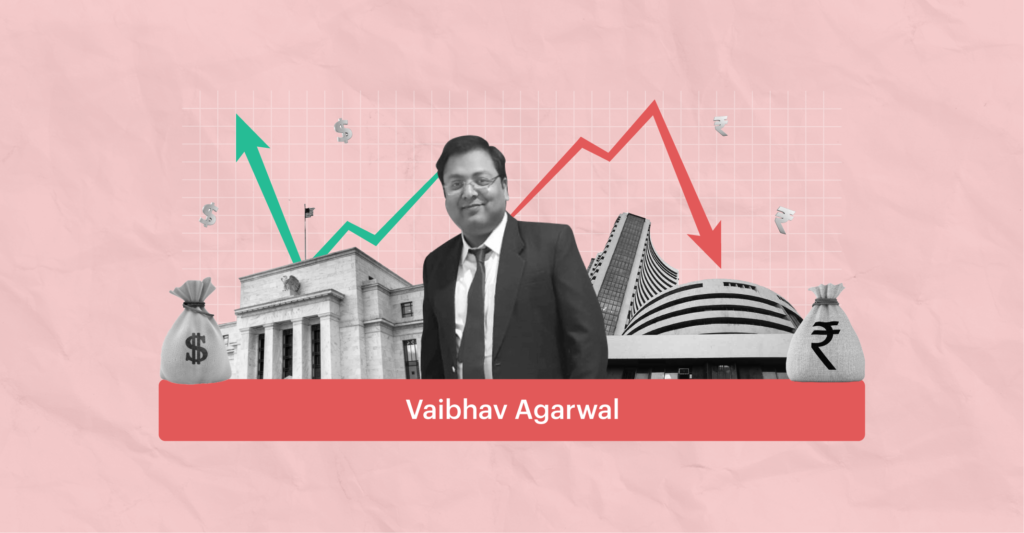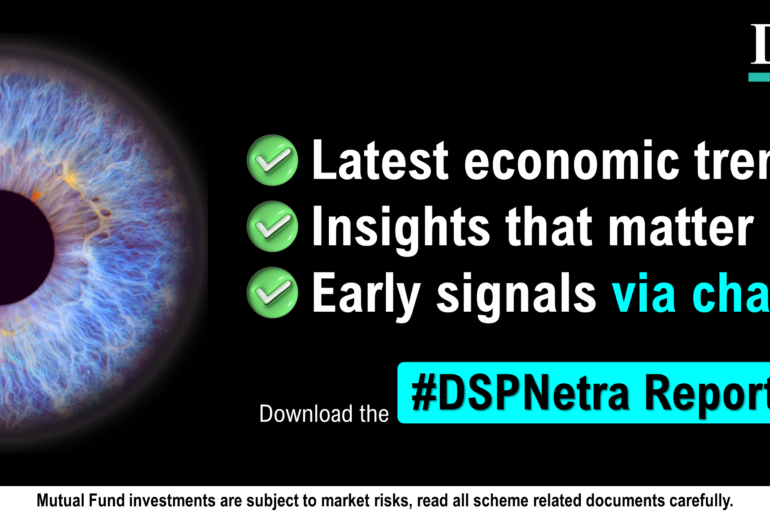Last Updated on Nov 7, 2022 by
US Fed is the most important central banker in the world, and its monetary policy has profound ramifications for the entire global economy. The changes in the interest rates by the US Fed affect global liquidity, which in turn influences stock prices across the globe. The most important factor that drives stock prices over the short term is liquidity, and in the long term is earnings.
Table of Contents
Why did US Fed increase the interest rates?
Post covid, our stock markets recovered as the US Fed decided to flush markets with huge liquidity through its Quantitative Easing (QE) program. The Fed printed and artificially pumped a lot of money into the US economy. The Fed Reserve balance grew from $0.7 tn in 2002 to $0.9 tn in 2008. From 2008 to 2015, the Fed expanded its balance sheet by five times from $0.9 tn to $4.5 tn. There was some pause in 2018, and by 2020, pre-covid, the size was about $4.1 tn. However, post covid the Fed balance sheet again expanded to more than $9 tn!
This resulted in a flux of liquidity in the country and a mad rush to buy equities. Post that, we saw big Foreign Institutional Investors (FIIs) inflows in emerging markets like India, which played a big role in the recovery of our markets too. However, for the past year, inflation in the US has been rising continuously and has reached a 40-yr high. The big stimulus given by both the central banks and the government led to a big demand revival. Also, there had been huge supply chain disruptions due to the zero-covid policy by China, and the Russia-Ukraine war led to extremely high energy prices and rising inflation.
So, to counter this high inflation, the US Fed has been increasing interest rates. We have seen that the Fed increased interest rates by 275 bps, while in India, the rate hike has been just 140 bps during the same period. The RBI has managed the situation well, and the Indian Rupee has done well compared to other emerging market currencies.
What happened after US Fed increased the interest rate?
When interest rates in the US rise, the propensity of FIIs to invest in India goes down due to higher opportunity costs for them. For example, FIIs could earlier borrowed at 2% and invested in India and get a return of 8%, but if the Fed increases rates from 2% to 4%, then some of the investors in the US may not find investing in India attractive and may start pulling out funds from India and invest back in the US.
Also, as the interest rate moves up, the risk-free rate also goes up, which leads to a lower equity risk premium.
Equity risk premium = (Market return) – (Risk-free rate)
Lower equity risk premium leads to lower equity valuation.
As per the Discounted Cash Flow (DCF) model, the price of a stock is the sum of the present value of cash flows which are discounted at the weighted average cost of capital. If the US Fed raises interest rates, the cost of capital increases, leading to lower stock valuations. Since we are a major importer of crude oil, continuous selling by FIIs results in rupee depreciation and a higher import bill. This, in turn, has a negative impact on our current account balance.
Impact of rise in interest rates on different industries in India
Rupee depreciation is good for all export-oriented companies in India. If we look from a sectoral view, then the US Fed’s increasing rates benefit the IT and pharma sector due to the rupee depreciation tailwind. However, if interest rates go up too sharply, it leads to a slowdown and a recession in the US, negatively impacting the businesses there. Hence, US companies’ appetite for tech spending may get restricted, which can negatively impact the earnings of IT services companies in India.
Also, when the US Fed increases rates, RBI also has to increase interest rates here in India so that the outflow of funds from FIIs can be curtailed to protect the rupee. We have seen our forex reserves fall sharply as the RBI had to intervene in the Foreign Exchange (FX) market. As interest rates rise here, we have seen the banking industry benefit as banks re-price their loan portfolio much quicker than their deposit rates, leading to an increase in their net interest margin.
On the flip side, higher interest rates are negative for the real estate sector as the EMIs of the prospective buyer increase, which dampens demand. Thankfully, this time we have not seen too much negative impact as housing prices have been stagnant for a long time while income levels have gone up, leading to improved affordability.
On the other hand, new-age tech start-ups that were trading at massive valuations have been hit hard. We have seen how increases in rate results in an outflow of funds from riskier assets like emerging equities to safe-haven assets like the US dollar. Loss-making companies in the new age digital and start-up ecosystem were doing well earlier as there was huge surplus liquidity and there was easy access to funds for these start-ups. However, as interest rates went up and liquidity dried, we saw massive corrections in the valuations of these newly listed start-up companies in India.
India – Oasis in the desert
Stock markets always discount the bad news in anticipation and remove the weak hands in the market. Often, when the expected bad news actually comes, the markets bottom out and start pricing in the recovery trends even before the actual signs are visible in the economy. At this juncture, it seems that the worst of inflation news is already priced in. Inflation is a base effect phenomenon. In its recent report, the RBI said that even if crude prices are at $90 for the next year, inflation could ease by around 30 bps. So even though crude at $90 is still very high, due to the base effect, inflation should moderate going forward.
From October 2021 till October 2022, the FIIs have sold almost $48 bn in equities. Despite such enormous selling, India has been like an oasis in a desert. Nifty has been almost flat for the last year, whereas we have seen the S&P 500 correct by 15% and the Nasdaq by almost 30%. The reason for this has been the persistent inflow of funds from domestic investors. In the absence of such strong domestic inflows, our markets would also have corrected sharply.
Going forward, we may see inflation moderating and the US Fed sounding more dovish. This may mean a goldilocks situation for India where both the macro and the micros improve. When the Indian stock markets have been so resilient despite macro headwinds, just imagine what can happen if the macros turn favorable!
This article is written by Vaibhav Agarwal, the Head of Research at Basant Maheshwari Wealth Advisers LLP and has been an integral part of the firm since 2017. Check out Basant Maheshwari’s smallcases here.
- How Do US Fed Rates Impact the Indian Stock Market? - Nov 7, 2022



